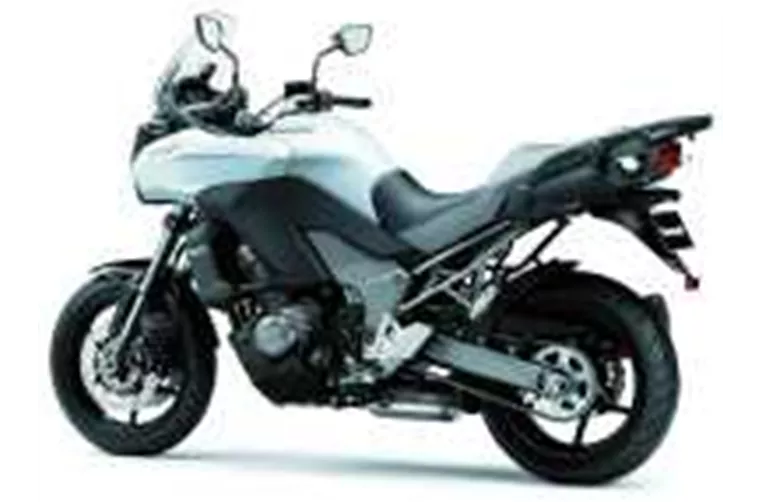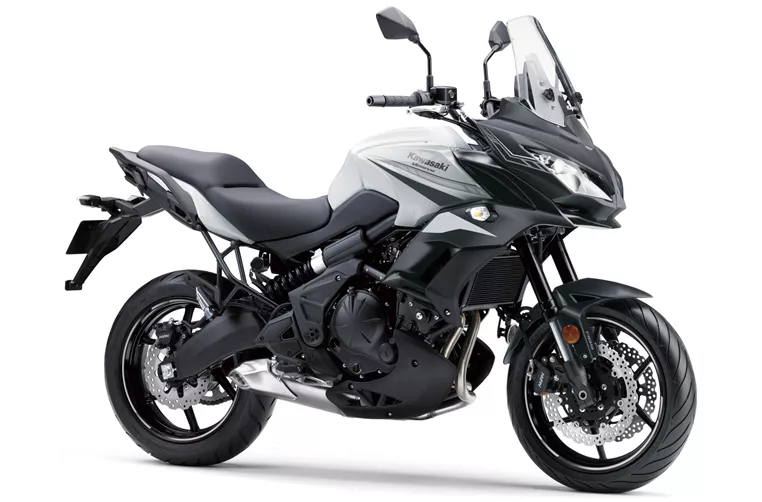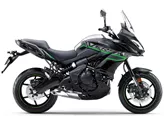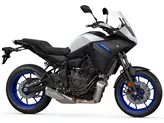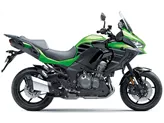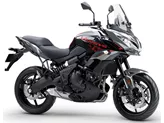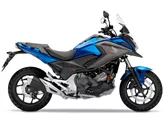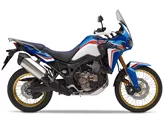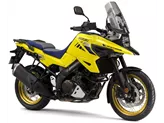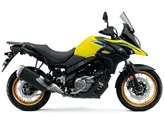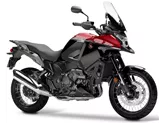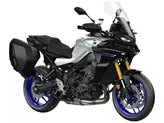Kawasaki Versys 1000 2012 vs. Kawasaki Versys 650 2020

Kawasaki Versys 1000 2012
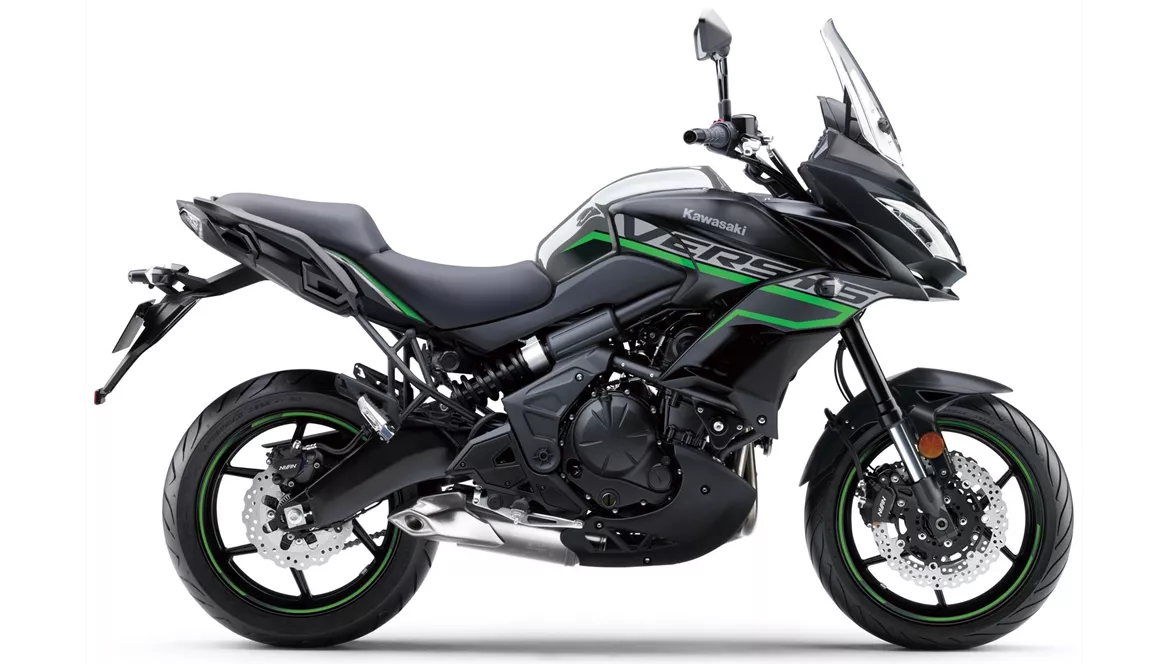
Kawasaki Versys 650 2020
Overview - Kawasaki Versys 1000 2012 vs Kawasaki Versys 650 2020
The Kawasaki Versys 1000 2012 and the Kawasaki Versys 650 2020 are both enduro motorcycles with their own unique features and specifications.
Starting with the engine and power, the Versys 1000 2012 is equipped with an inline four-cylinder engine with a displacement of 1043cc. It produces a powerful 118 horsepower and 102 Nm of torque. On the other hand, the Versys 650 2020 features a smaller inline twin-cylinder engine with a displacement of 649cc. It generates 69 horsepower and 64 Nm of torque. While the Versys 1000 offers more power, the Versys 650 provides a more manageable and fuel-efficient engine.
In terms of suspension, both models have a telescopic fork at the front, but the Versys 1000 offers adjustable compression, preload, and rebound settings. The Versys 650, on the other hand, only has adjustable rebound settings. This means that the Versys 1000 provides more customization options for riders who want to fine-tune their suspension.

Kawasaki Versys 1000 2012
When it comes to the chassis, the Versys 1000 2012 features an aluminum frame, which provides a balance between rigidity and weight. On the other hand, the Versys 650 2020 has a steel frame, which may be slightly heavier but offers durability and stability.
In terms of braking, both models are equipped with dual disc brakes at the front. However, the Versys 650 does not have the option to disable the ABS, which may be a drawback for some riders.
In terms of dimensions and weight, the Versys 1000 has a longer wheelbase of 1520mm compared to the Versys 650's 1415mm. The seat height of the Versys 1000 is slightly higher at 845mm, while the Versys 650 has a seat height of 840mm. The weight of the Versys 1000 is 239kg (with ABS), while the Versys 650 weighs 216kg (with ABS). This means that the Versys 650 is lighter and more maneuverable, making it easier to handle in various riding conditions.
Both models have a fuel tank capacity of 21 liters, allowing for longer rides without frequent refueling.
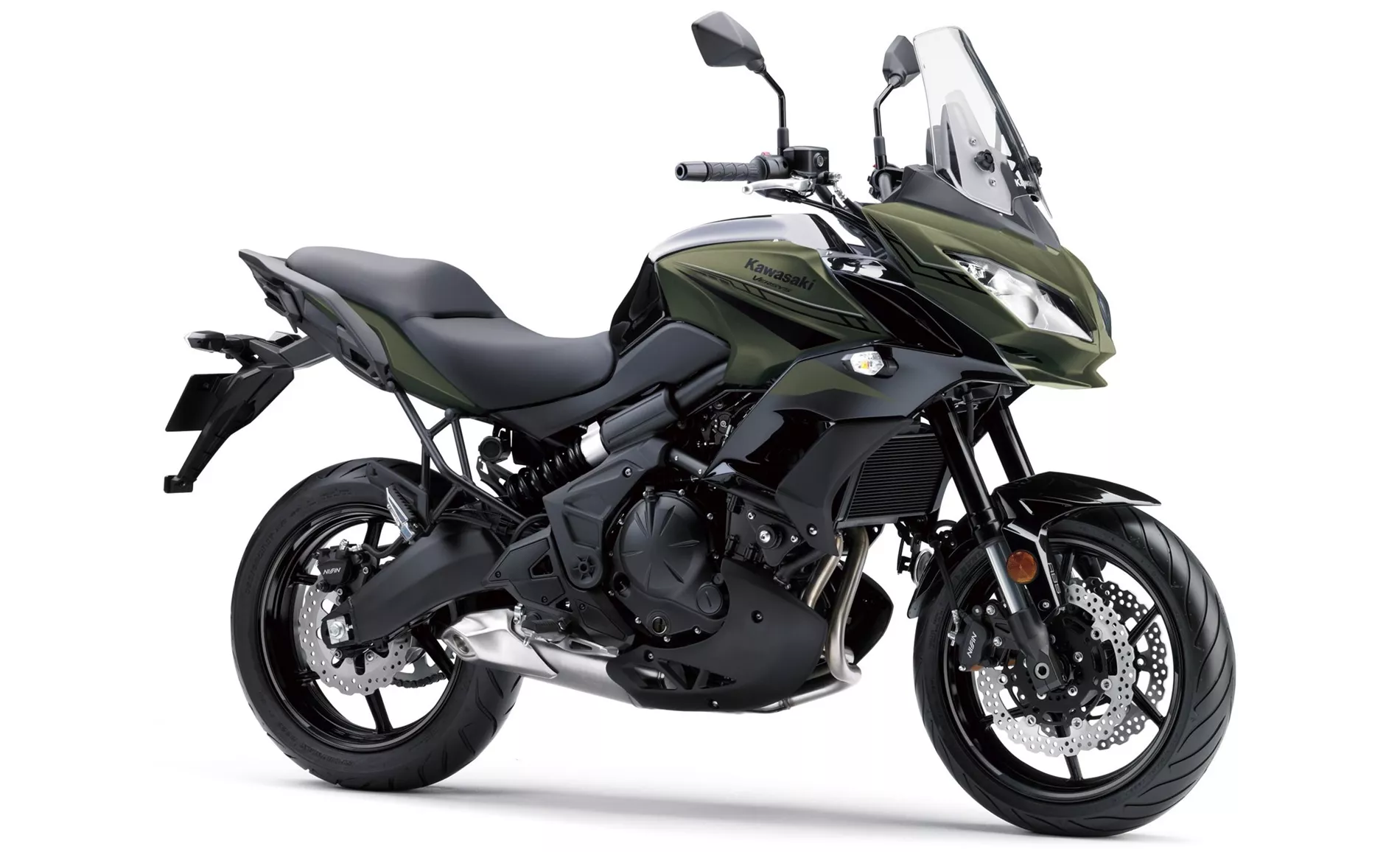
Kawasaki Versys 650 2020
In terms of strengths, the Versys 1000 2012 offers a smooth-running engine, a sporty and comfortable chassis, effective wind protection, and a padded seat. On the other hand, the Versys 650 2020 provides great travel comfort, a pleasant and comfortable chassis, easy usability, a seat position prepared for long trips, and agile and light handling.
However, the Versys 1000 2012 has a slight leaning in curves that riders may need to get used to, and its design may be subject to discussion. The Versys 650 2020, on the other hand, has vibrations in the footpegs, a response behavior in the transition between pushing and loading, and the ABS cannot be deactivated. Additionally, the Versys 650 has a slightly higher weight compared to the Versys 1000.
In conclusion, the Versys 1000 2012 and the Versys 650 2020 are both capable enduro motorcycles with their own strengths and weaknesses. The Versys 1000 offers more power and adjustability, while the Versys 650 provides a lighter and more maneuverable option with great comfort. Ultimately, the choice between the two will depend on the rider's preferences and intended use.
Technical Specifications Kawasaki Versys 1000 2012 compared to Kawasaki Versys 650 2020
Pros and Cons in comparison
Pros and Cons in comparison
Kawasaki Versys 1000 2012
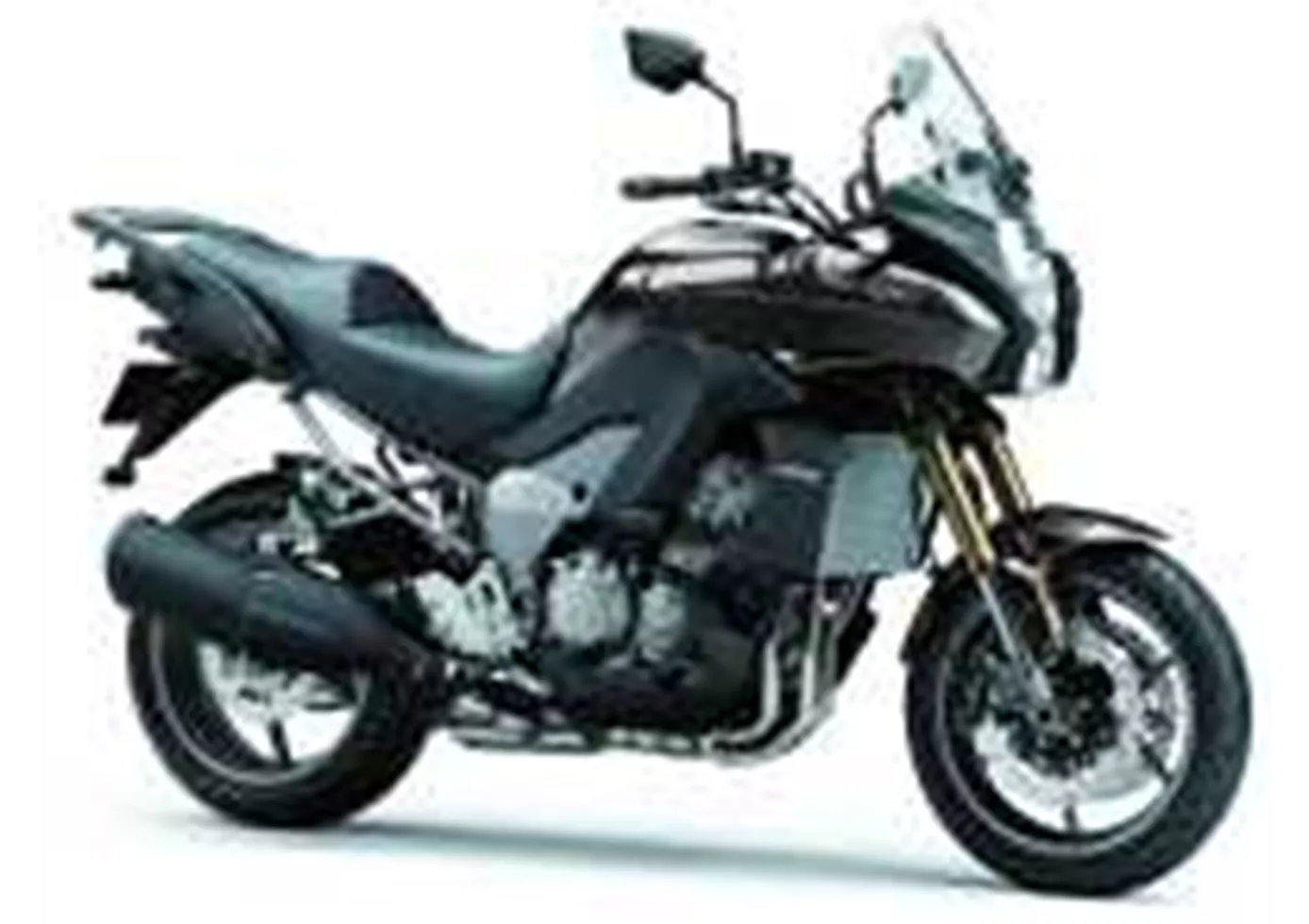
Em nenhuma outra Bigenduro se pode andar com tanta força no joelho e, por isso, acabar muito à frente na grelha. Se te sentes frequentemente atacado na tua viagem de férias, deves ripostar com a Versys 1000. O que prova que grandes enduros e quatro cilindros se dão bem.
Kawasaki Versys 650 2020
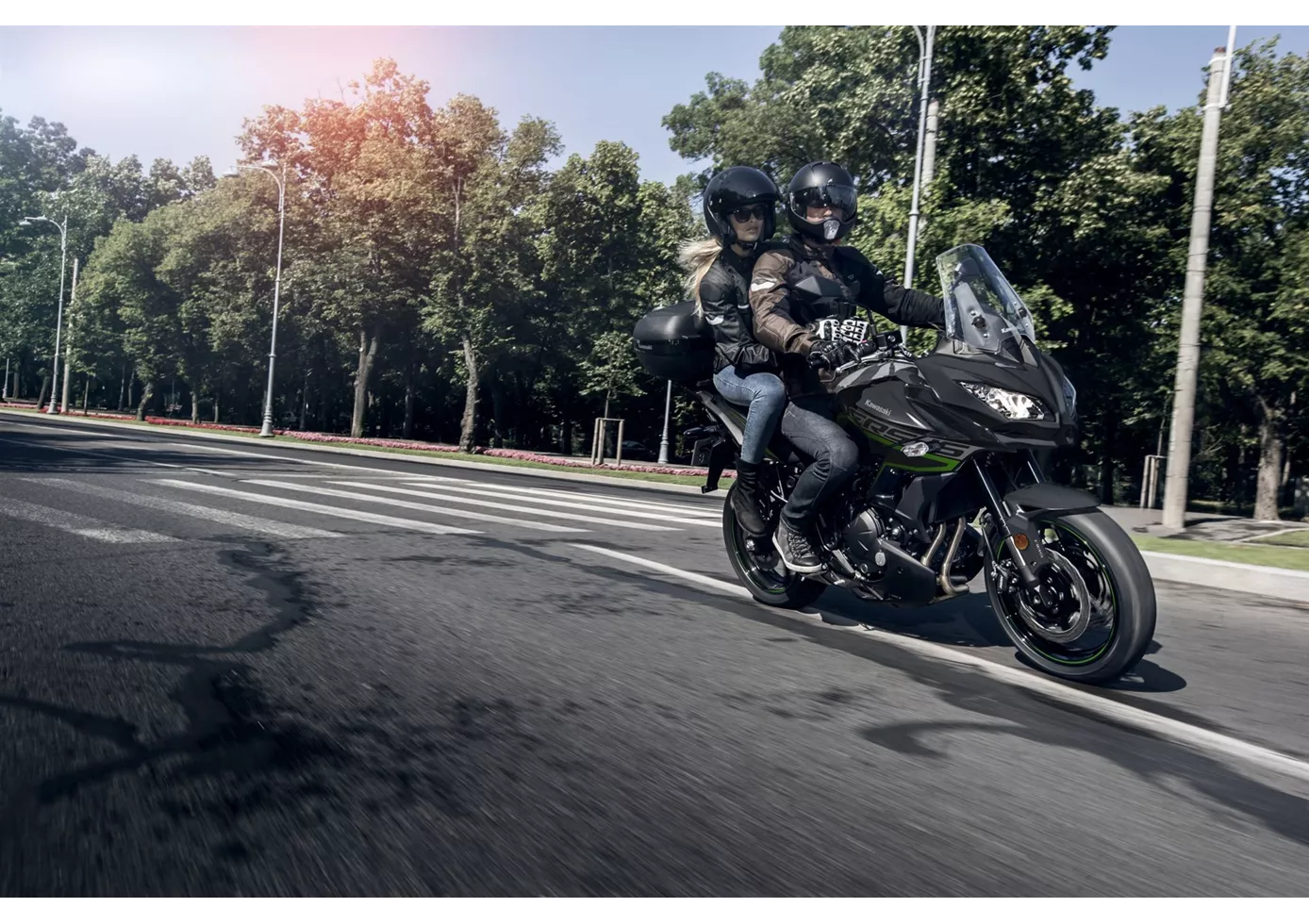
O modelo 2019 da Kawasaki Versys apresentou-se como uma máquina de turismo confortável, estável e animada. A mota é versátil e oferece um elevado valor de utilidade. É uma máquina de turismo de pleno direito que é um prazer conduzir em passeios prolongados. A moto oferece uma excelente relação preço/desempenho.
Price Comparison Avarage Market Price Kawasaki Versys 1000 vs Kawasaki Versys 650
There are a few key differences between a Kawasaki Versys 1000 2012 and a Kawasaki Versys 650 2020. In terms of price, the actual average prices of both motorbikes are almost the same. Compared to Kawasaki Versys 650 2020 there are less Kawasaki Versys 1000 2012 bikes available on the 1000PS.de Marketplace, specifically 10 compared to 11. It takes less time to sell a Kawasaki Versys 1000 with 87 days compared to 137 days for a Kawasaki Versys 650. Since model year 2012 1000PS.de editors have written 19 reviews for the Kawasaki Versys 1000 and 39 reviews for the Kawasaki Versys 650 since model year 2007. The first review for the Kawasaki Versys 1000 was published on 07/11/2011 and now has more than 8.400 views. This compares to more than 3.900 views for the first review on Kawasaki Versys 650 published on 25/07/2006.
